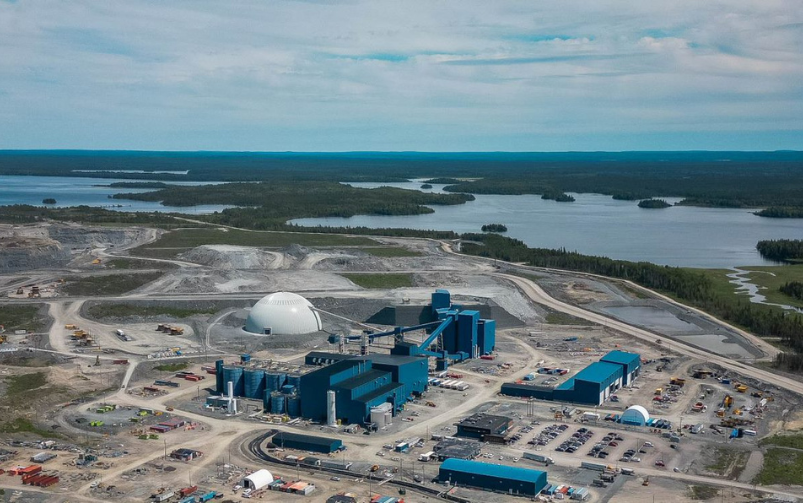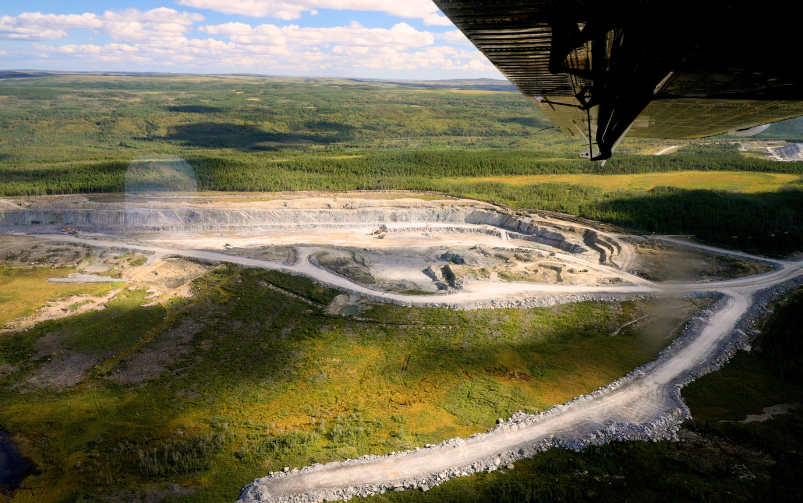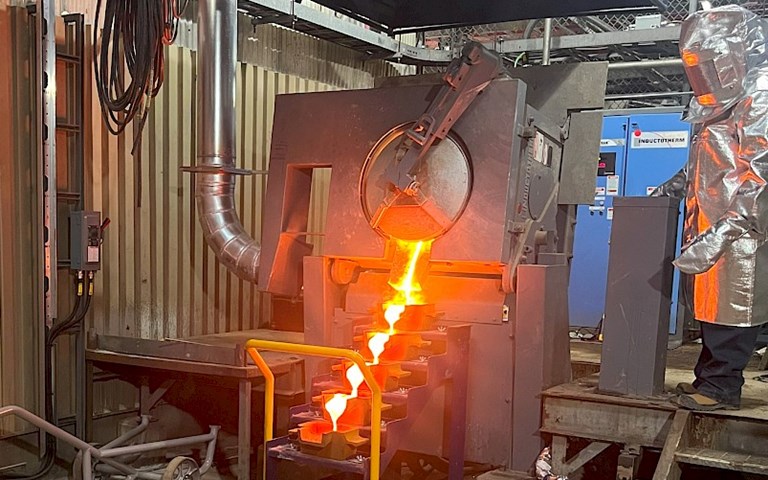Ascot Resources is aiming to have its Premier gold mine reach commercial production in the third quarter of this year. Courtesy of Ascot Resources.
Gold and silver miner Ascot Resources poured first gold on April 20 at its wholly owned Premier gold mine, which is located on Nisga’a Nation Treaty lands, roughly 25 kilometres from Stewart in B.C.’s Golden Triangle.
Commissioning activities began in early April, with the company feeding first ore into the project’s mill. Now that the first gold has been recovered through its gravity circuit, the company is currently commissioning the carbon-in-leach circuit.
The Premier project, consisting of 8,133 hectares of land, features four main deposits: Big Missouri, Premier, Red Mountain and Silver Coin. Mining activities are now taking place at the Silver Coin and Big Missouri deposits in order to feed the processing plant with 2,500 tonnes per day. The company said that activities at the project’s Red Mountain deposit are planned to resume in three years.
Ascot is aiming to have the gold mine officially begin commercial production during the third quarter of this year. Once it is in its commercial phase, the project is expected to yield 1.1 million ounces of gold, along with three million ounces of silver, over a span of eight years, according to its 2020 feasibility study. The total project capital cost currently sits at $339 million, as shared in its fourth quarter results for 2023. As of Dec. 13, 2023, the company had spent $292 million of this budget.
“The first gold pour is a hallmark commissioning milestone for Ascot, representing the culmination of years of hard work,” said Derek White, president and chief executive officer of Ascot Resources, in an April 22 press release. “We express our gratitude to our dedicated workforce, our diligent contractors, our supportive shareholders and financiers, Nisga’a Nation, government officials, and the local communities of Stewart, B.C. and Hyder, Alaska—all of whom played important roles in seeing this first gold pour come to fruition.”
The project, which first began production in 1918, was considered to be North America’s largest gold mine until it closed in the early 1950s. By that time, the mine had produced more than 2 million ounces of gold and 45 million ounces of silver.
In 1989, Westmin Resources, a previous owner of the property, built a new mill while also commencing underground and open-pit operations. The project was placed into care and maintenance in 1996; from 1989 to 1996, the project yielded approximately 260,000 ounces of gold and 5.1 million ounces of silver.
Hoping to revive the historic mine, Ascot Resources bought the project in June 2009. An independent feasibility study was conducted by Sacré-Davey Engineering in 2020 and pinpointed two areas of improvement for the project’s existing tailings storage facility: to raise the tailings dam throughout the mine’s life and to modify the water treatment plant to increase its capacity.
According to Ascot’s 2020 resource estimate, the mine’s reserves are estimated at 7.3 million measured and indicated tonnes grading 7.85 grams of gold per tonne and 29 grams of silver, plus 5.4 million inferred tonnes grading 7.11 grams of gold and 27.1 grams of silver.




